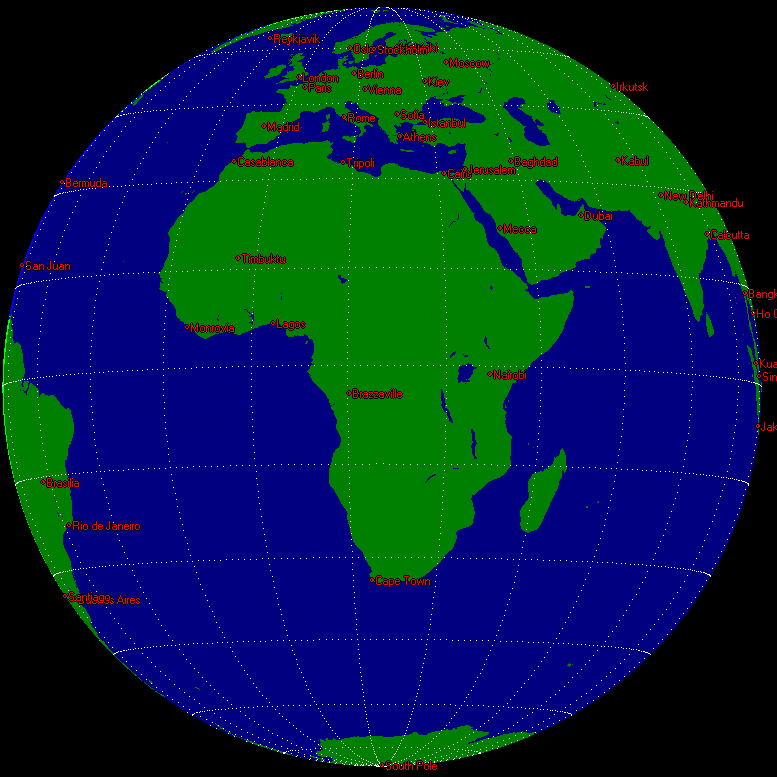45P-ids 2026: prediction of activity
to the list of predictions

Fig. 1. Space-temporal projection of 45P-ids trails parts onto their minimal distance passages in 2026 (correspondence between colours of the particles and their ejection velocities can be seen here).

Fig. 2. Detailed space-temporal projection of 45P-ids trails parts onto their minimal distance passages in 2026 (correspondence between colours of the particles and their ejection velocities can be seen here).
An encounter of the Earth with the trail of the comet 45P/Honda-Mrkos-Pajdusakova ejected in 1927 is found for 2026. According to the computation results, the Earth passes at -0.00139 AU from this trail, ejection velocity of its particles is 92.27 m/s, density of the trail is 32.5% of that for a 1 revolution Leonids trail, the radiant is RA=343.7°, Dec=-3.3°. Computed time of maximum is 22:17 UT on September 9. Considering the parameters of the encounter, especially very high ejection velocity and quite low density of the trail, we expect the activity of a few meteors per hour at best. It is very probable that no detectable activity would occur, but observations are nevertheless recommended aroung the given time.

Fig. 3. The Earth as seen from coming 45P-ids meteors (RA=343.7°, Dec=-3.3°) during the expected maximum time of outburst from 1927 trail at 22:17 UT on September 9.
The computed time of maximum nearly coincides to a new Moon, so the Moon will not create any problems for observations of possible activity.
References
1. "Comet's dust 2.0" program by S. Shanov and S. Dubrovsky. [Used for orbital computations.]
2. E. Lyytinen, T. van Flandern "Predicting the strength of Leonid outbursts", 1998, Earth, Moon, and Planets, P. 149-166.
3. Jenniskens P. Meteor showers and their parent comets, 2006, 780 p. 4. Kasuo Kinoshita, http://jcometobs.web.fc2.com/ [Orbital elements of the comet 45P/Honda-Mrkos-Pajdusakova]
5. Hewgill G. Xearth 1.1.0 (Software program), 2003.
References
1. "Comet's dust 2.0" program by S. Shanov and S. Dubrovsky. [Used for orbital computations.]
2. E. Lyytinen, T. van Flandern "Predicting the strength of Leonid outbursts", 1998, Earth, Moon, and Planets, P. 149-166.
3. Jenniskens P. Meteor showers and their parent comets, 2006, 780 p. 4. Kasuo Kinoshita, http://jcometobs.web.fc2.com/ [Orbital elements of the comet 45P/Honda-Mrkos-Pajdusakova]
5. Hewgill G. Xearth 1.1.0 (Software program), 2003.